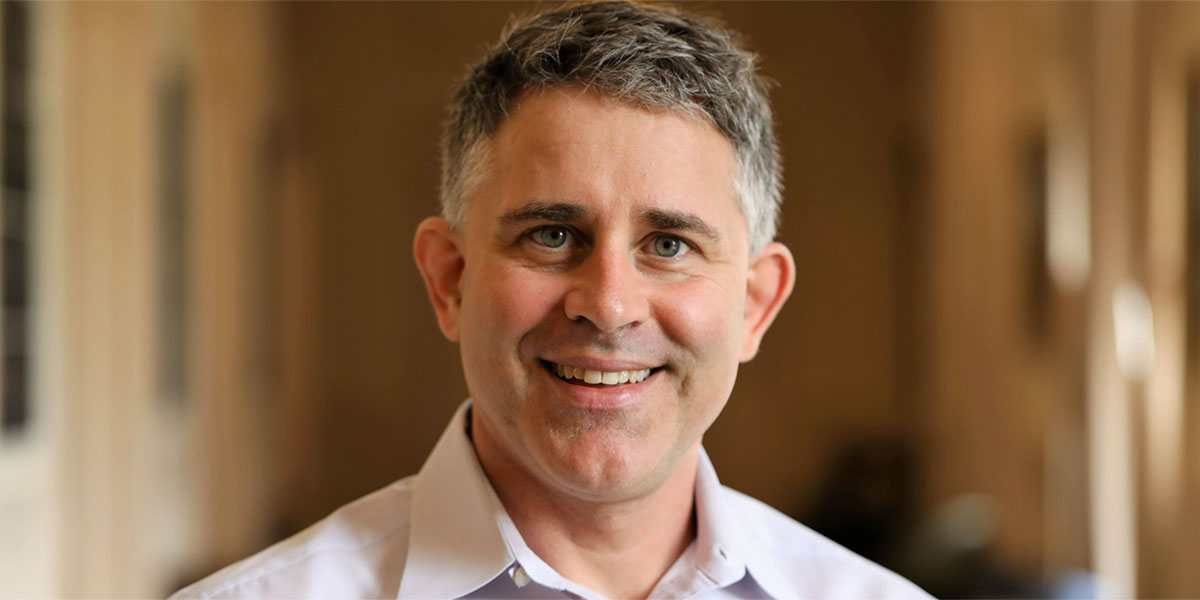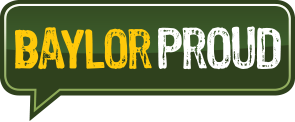Baylor prof works to open chemistry to the visually impaired via revolutionary project

For students interested in science, a chemistry lab is a wonderland to explore. But for those without science backgrounds, it can be a mysterious labyrinth of equipment, beakers, cases and experiments that require precision and expertise. Imagine yourself as a student hungry to learn and participate — and consider how difficult it would be to do so if you were blind or visually impaired.
“Children with blindness are typically put into a corner very early in terms of science education,” says Dr. Bryan Shaw, a professor of chemistry and biochemistry at Baylor since 2010, “and they’re excluded systemically from chemistry.” Shaw is looking to change that, to start a revolution that would make chemistry labs and concepts more accessible to those with blindness.
Shaw was recently awarded a $1.3 million grant from the National Institutes of Health (NIH) to help open chemistry labs and make chemistry concepts more accessible to those without sight. It’s an approach with a significant multiplier effect for science inclusion in general; chemistry is a “central science” that is often foundational for other science disciplines. Shaw will employ an array of high-tech resources and low-tech “hacks” to make chemistry concepts visible to students with blindness and to prepare them for the lab — and the lab for them.
Among the high-tech approaches are advanced robotics that can measure, pour, and conduct precise experiments in safety-enclosed cases. 3D printing opens other angles, as well. Models of the very equipment students will use in the lab can be 3D printed so students can memorize the workings of the machines ahead of time. Lower tech “hacks” like braille-printed parafilm (think something like adhesive wrap) can be affixed to touchscreens so students can operate the equipment.
Outside the lab, lithophane can help students visualize chemical structures or shapes even when they can’t physically see them. Lithophane is a tactile image, made of translucent plastic, with images that can be seen when back lit or visualized with the hands by feeling the size and shape of images like molecules, graphic images, textbook images and more.
For Shaw, the project is personal as well as professional. His son, Noah, was diagnosed as an infant with retinoblastoma, an aggressive pediatric eye cancer. Now 14, Noah is thriving despite losing sight in one eye. That experience has led to a distinct thread throughout Shaw’s research.
He helped develop the White Eye Detector app, a gold-standard tool enabling parents to screen for pediatric eye disease. Last year, another breakthrough study led by Shaw was published in Science Advances, focused on making science more accessible through the creation of candy-like gelatin models of protein molecules that students can visualize using their mouth.
The current inclusion work is underway, and the five-year grant will begin this fall with a pilot project featuring students from the Texas School for the Blind and Visually Impaired in Austin taking part in on-campus experiences to utilize the resources that could open up a future for them in chemistry.
Sic ’em, Dr. Shaw!
[HEAR more from Shaw in this recent episode of the Baylor Connections podcast.]

